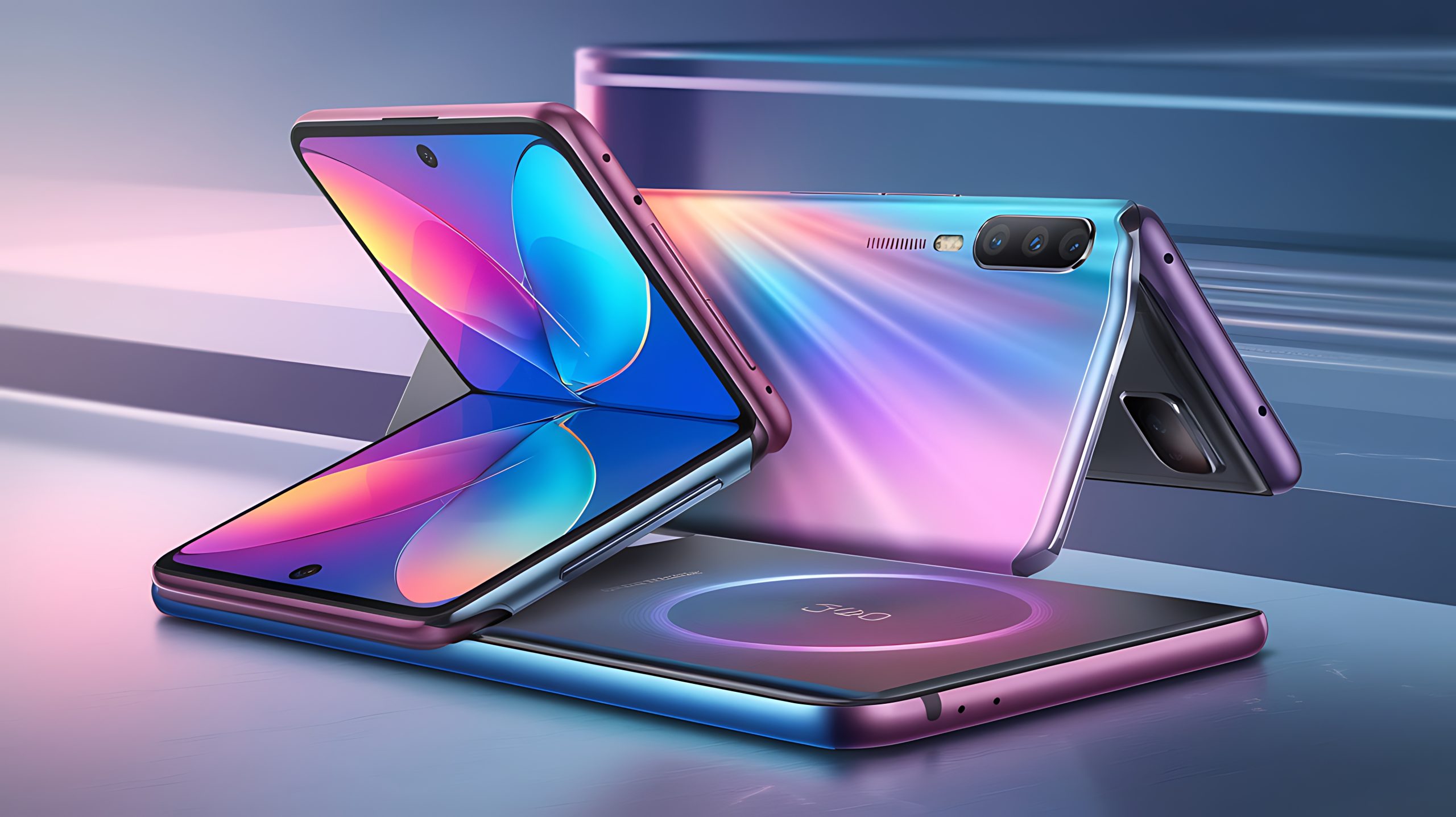Foldable Phones Next-Gen Displays Offer Seamless Flexibility
Foldable smartphones in 2025 feature some of the most advanced display technologies ever seen on mobile devices. With ultra-thin flexible AMOLED and OLED panels, manufacturers have solved issues like screen creases, fragility, and glare. Now, folding and unfolding your device feels natural and fluid. These displays support up to 144Hz refresh rates and HDR10+ capabilities, making them ideal for gaming and high-quality streaming. Coupled with improved durability and enhanced brightness, these screens make foldables suitable for both work and play, offering the best of smartphone and tablet experiences in one device.
AI Integration Elevates Everyday Functionality
Artificial intelligence plays a critical role in the transformation of foldable phones in 2025. From dynamic interface adjustments to real-time productivity suggestions, AI is fully embedded in the user experience. When the phone is folded, the system reorganizes apps for single-hand use; when unfolded, it activates multi-window modes automatically. Personal assistants are now smarter, responding to context with greater precision. AI also powers photography, offering real-time enhancements and intelligent framing. These smart features make daily tasks faster and more intuitive than ever before.
Multitasking and Productivity Reimagined
One of the greatest benefits of modern foldables is enhanced multitasking. Thanks to larger displays and evolved software, users can run up to three apps side by side, drag and drop files, or use floating windows while on video calls. Whether you’re taking notes during a meeting, editing photos, or checking your inbox while browsing, the experience feels fluid and efficient. Built-in stylus support and voice-to-text tools add further convenience. Foldable phones now function as mobile workstations, ideal for professionals who need productivity on the go.
Battery Life and Performance Meet Expectations
In 2025, concerns about foldable battery life are largely a thing of the past. Devices are equipped with dual-cell batteries and AI-based power optimization, extending screen time even with heavy use. Advanced chipsets such as the Snapdragon 8 Gen 4 and Apple’s A18 ensure fast, efficient performance with better heat control. Many phones support fast charging speeds up to 100W, making recharging quick and painless. Overall, users get a perfect balance of longevity and speed, even while multitasking across apps and media.
Durability and Design Reach New Standards
Foldables today are built tougher, with aerospace-grade materials, water resistance, and reinforced hinges designed to withstand hundreds of thousands of folds. Despite these rugged upgrades, the designs remain sleek and elegant. Premium finishes, thinner profiles, and lightweight construction make these devices fashionable and comfortable to use. With IP68 certification and drop resistance, foldable phones have finally shaken off their fragile image and proven themselves as reliable and stylish devices for daily use.
Tech Giants Compete to Lead the Foldable Market
Samsung, Huawei, Motorola, and Google continue to push boundaries in foldable technology. Samsung’s Galaxy Z Fold6 and Z Flip6 bring advanced multitasking tools, powerful cameras, and deeper ecosystem integration. Huawei’s Mate X5 impresses with its ultra-slim design and edge-to-edge display. Google’s Pixel Fold2 offers pure Android 15 experiences optimized for foldable screens, combined with smart AI features. These brands are leading innovation, each offering their own unique take on what the foldable experience should be.
Conclusion
Foldable phones in 2025 are no longer just an experiment—they’re a powerful and practical choice for modern users. Thanks to better displays, intelligent software, enhanced durability, and real productivity features, they’ve matured into some of the most capable mobile devices on the market. Whether for business, entertainment, or creative tasks, foldables are proving that flexible design and strong functionality can coexist. With growing adoption and fierce competition among brands, foldable phones are truly back—and smarter than ever.



